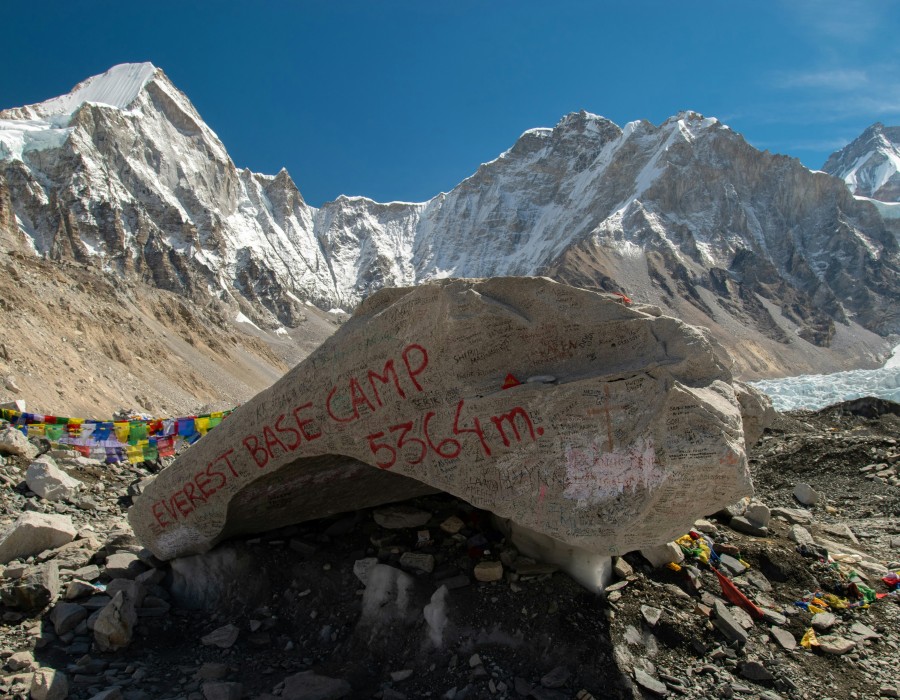The Everest Base Camp Trek is one of the most famous and inspiring journeys in the world. It takes trekkers to the foot of Mount Everest, the highest mountain on Earth at 8,848 meters. The trail offers breathtaking mountain views, lively Sherpa villages, and a close look at life in the Himalayas.
The trek usually begins with a short flight from Kathmandu to Lukla. From there, the journey follows the Dudh Koshi River and passes through villages like Phakding, Namche Bazaar, Tengboche, Dingboche, and Gorak Shep, finally reaching Everest Base Camp at 5,364 meters. Most treks take about 12 to 14 days, depending on the route and pace.
Along the trail, trekkers walk through forests of pine and rhododendron, cross suspension bridges, and see snow-capped peaks such as Ama Dablam, Lhotse, and Nuptse. The highlight for many is the sunrise view from Kala Patthar, where Everest glows in golden light.
The Sherpa culture is a big part of the experience. Villages like Namche Bazaar are full of teahouses, shops, and small bakeries serving trekkers from around the world. The Tengboche Monastery, set on a hilltop, is one of the most peaceful and spiritual spots along the route.
The trek is considered moderate to challenging because of the altitude and long walking days. Good acclimatization is essential to avoid altitude sickness. Most trekkers hire a guide and porter to make the journey easier and safer. Teahouses along the route offer simple rooms and home-cooked meals, often including dal bhat, soups, and tea.
The best time to trek is during spring (March to May) and autumn (September to November). These months bring clear skies, stable weather, and excellent visibility. Winter can be very cold, and summer months bring monsoon rain.
The Everest Base Camp Trek is more than just a hike to a famous mountain. It’s a journey through culture, nature, and human endurance. Every step brings a sense of adventure and connection to the Himalayas, making it one of Nepal’s most unforgettable experiences.





Comments